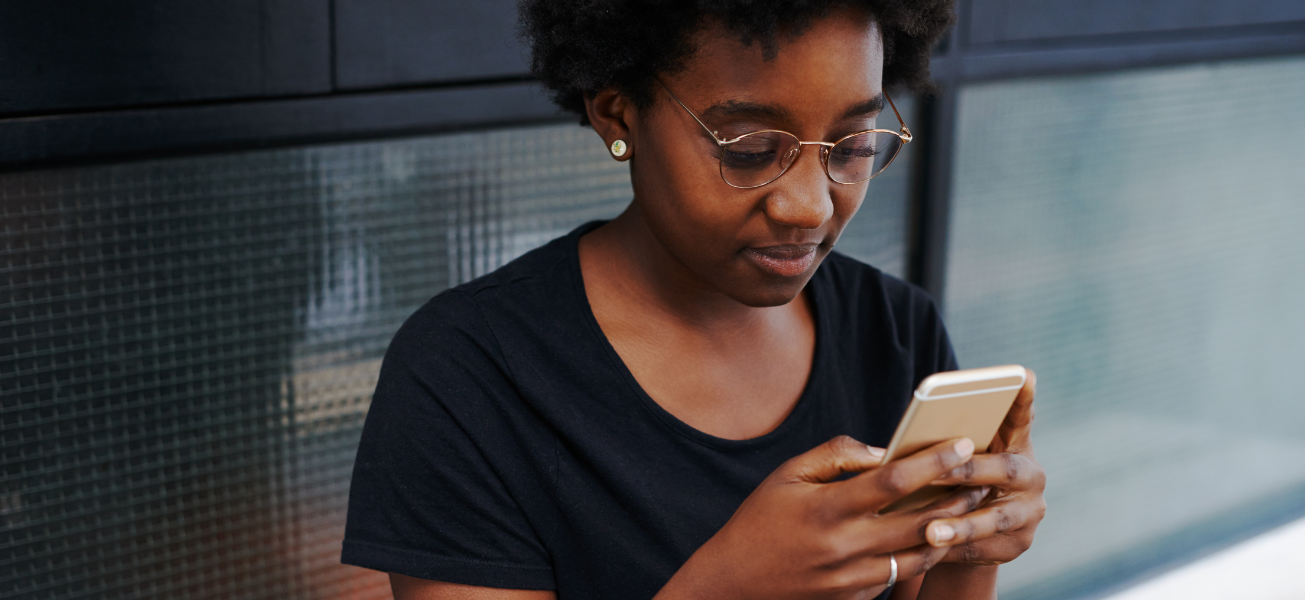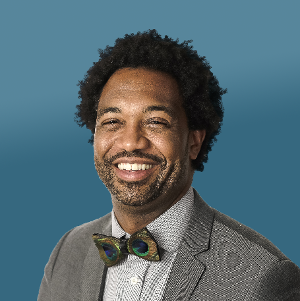On July 30, 2024, CAST released the newest version of the UDL Guidelines. At first glance, Guidelines 3.0 truly impressed me. While many of the changes may seem minor, in the updated version, the core objective of UDL is to cultivate learner agency that is purposeful and reflective, resourceful and authentic, strategic, and action-oriented.
What are the biggest changes in the updated UDL Guidelines?
- The core objective of the UDL Guidelines has shifted from developing expert learners to cultivating learner agency. In the proposed draft of the UDL Guidelines, CAST noted, “Feedback from [numerous stakeholders] emphasized concern that the term “expert” implies ideas of exclusivity and a finite ending to the learning process. They also assert that the conceptualization of “expert learning” devalues the importance of collectively generating knowledge and fails to recognize the brilliance inherent in every learner.”
- In the updated version, they removed the “provide” language from all three principles and all nine guidelines to signal that the UDL Guidelines should not be an adult-centric tool or a checklist but a tool that can be used to co-create learning with young people.
- The Guidelines now place a greater emphasis on addressing bias and exclusionary practices, aiming to give students more voice, choice, and autonomy in their learning.
- The restructuring of how executive function is integrated into the Guidelines, as opposed to being a single guideline, aligns more accurately with a neuroscience perspective.
When I think about these changes and particularly the emphasis on learner agency, it's all about giving voice to our young learners and scholars because school is ultimately about them. They are the audience, the individuals receiving the learning. It's not about the educational practitioners. We are developing that sense of agency within our learners by listening to them. It's incredible that when we think about engagement, we're now also considering how we welcome interest in the identities of our young people.
We can do this in practical ways by getting to know our learners and fostering restorative circle practices in our schools and classrooms. As you gather with your students to start the year, consider the following prompts:
- What are the 3 most important things that I should know about you?
- Who are the most important people in your life?
- What inspires you?
- How do you learn the best?
- What are three things that you’re really good at?
- What are your hopes and dreams for this year/class? What are your fears?
- How can I best keep you safe?
By elevating learner voice and focusing on learner agency, we prioritize engagement through listening to our students' personal interests and how they identify, rather than imposing our own perceptions on them. This approach is transformative. It acknowledges that engagement has an emotional component, requiring us to support learners in making sense of not only what they have learned but also who they are and why this information matters to their lives. We are helping them develop the agency to move forward without us.
Multiple Means of Representation now revolves around not just how learners receive information but also how they build knowledge. This shift empowers students to construct their understanding based on their experiences and perspectives. Similarly, when we examine changes to the Guidelines for Action and Expression, where before when the goal was to create strategic, goal directed learners, in the new iteration, we now have to consider strategic development and how we assist our learners in demonstrating their understanding of the world while challenging exclusionary practices.
As you review the new Guidelines, you may be asking yourself the following questions:
- I have been implementing UDL in my classroom, with these new changes, what do I need to change about my practice?
- I have been implementing UDL in my schools, with these new changes, what do I need to change about my practice?
- I am a coach/school leader - how do I change my practice based on the changes within the guidelines?
With all of these questions, the answers are the same. We need to continue to elevate the voices of our learners, authentically connect with them, and recognize the role of bias in our design work. This speaks to the work Katie Novak and I advocate for in our book Equity by Design - that every student deserves an opportunity to be successful when we shift our practices to student-led, embrace students as co-designers, and foster both individual and collective learning in our classrooms. The UDL Guidelines 3.0 are much more in line with our definition of equity in our work.
In summary, the UDL Guidelines 3.0 represent an exciting leap forward in education. The updates emphasize learner agency, engagement, and authentic representation, empowering students to be active participants in their learning journey and make meaningful connections. If your work has focused on UDL and equity, highlighting student voice and the shift to student-led learning, these changes will support your journey as you address bias and exclusionary practices that create barriers to learning.
Cultivate Learner Agency!




